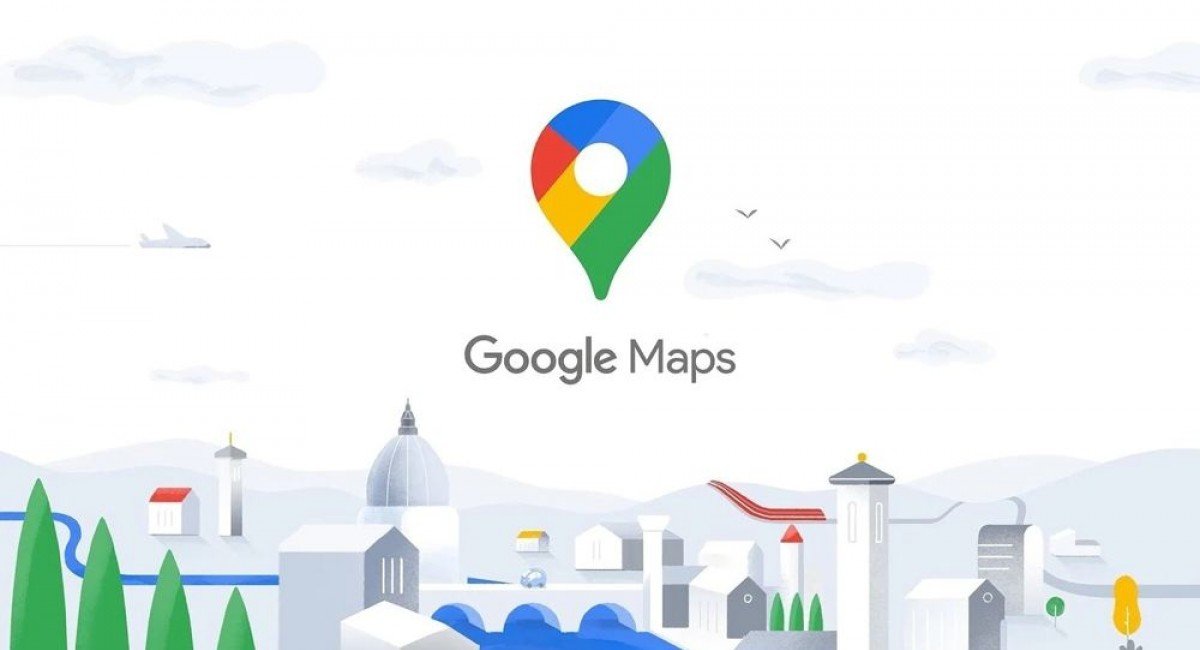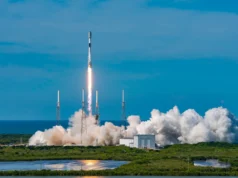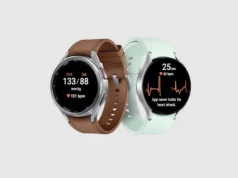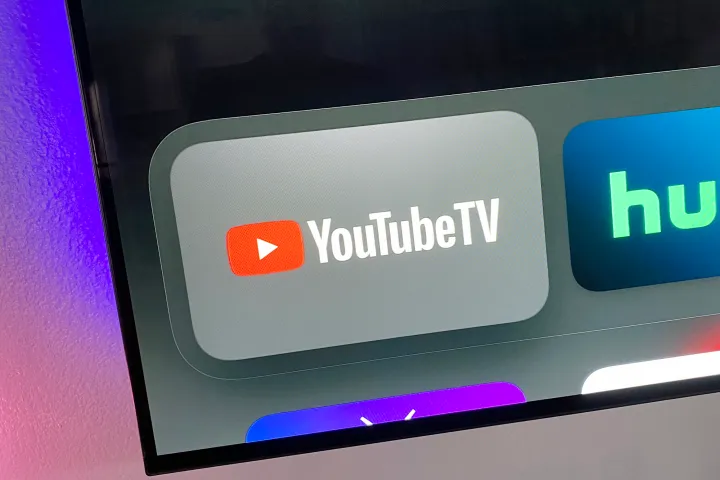Google Maps has made a significant enhancement by integrating Waze’s in-tunnel navigation feature, providing users with continuous navigation support in underground tunnels where GPS signals are traditionally lost. This feature, first launched by Waze in 2016, has now been adopted by Google Maps, marking a noteworthy upgrade in its navigation capabilities.
Key Highlights:
- Google Maps now supports Waze’s in-tunnel navigation using Bluetooth beacons.
- The feature was initially introduced by Waze in 2016.
- Bluetooth beacons are installed in numerous cities globally, including New York City, Paris, and Sydney.
- The feature must be manually enabled in Google Maps’ settings.
- Currently available on Android devices, with no information on iOS support yet.

Understanding the In-Tunnel Navigation Feature
The in-tunnel navigation feature relies on Bluetooth beacons, which are low-energy micro-controller hardware that sends signals to a user’s device without capturing user data. These beacons provide navigation and traffic information in areas where GPS signals are unavailable, such as underground tunnels.
This technology is particularly useful in complex tunnel systems with multiple lanes and exits, ensuring drivers remain on the correct path even without a GPS signal.
How to Enable In-Tunnel Navigation in Google Maps
To activate this feature in Google Maps, users need to navigate to Settings, then to Navigation Settings, and finally to the “Driving Options” section. Here, the “Bluetooth tunnel beacons” option can be toggled on, provided that the user has the latest version of the app.
The Coverage of Bluetooth Beacons
Bluetooth beacons for in-tunnel navigation are installed in numerous major cities worldwide, including but not limited to New York City, Chicago, Paris, Rio de Janeiro, Brussels, Oslo, Sydney, Boston, and Mexico City.
Limitations and Availability
Currently, the in-tunnel navigation feature is available only for Android users, with no clear information regarding its availability on iOS devices. It’s important to note that the feature is not enabled by default and requires manual activation.
Google Maps’ integration of Waze’s in-tunnel navigation feature using Bluetooth beacons is a significant step in enhancing underground navigation. This technology provides continuous guidance in tunnels, improving overall driver safety and convenience.
Further Enhancements in Google Maps
In addition to the in-tunnel navigation, Google Maps has recently introduced a flurry of new features aimed at enhancing user experience. These include updated information on EV charging stations, advanced AI capabilities, and the immersive view option, further solidifying Google Maps’ position as a comprehensive navigation tool.
The Significance of This Update
This update represents a significant leap in navigation technology, particularly for urban areas with extensive tunnel networks. It not only improves accuracy in route guidance but also significantly boosts driver safety by providing real-time updates even in GPS-dead zones.
The Future of Navigation
With the integration of in-tunnel navigation, Google Maps sets a new standard in navigation technology. As urban infrastructures evolve and become more complex, such advancements in navigation tools are crucial for ensuring seamless and safe travel.
Summary
Google Maps’ integration of Waze’s in-tunnel navigation feature marks a major advancement in navigation technology. By using Bluetooth beacons, it provides reliable guidance in tunnels where GPS fails, enhancing safety and convenience for drivers. Currently available for Android users, this feature demonstrates Google Maps’ commitment to innovative navigation solutions.

















